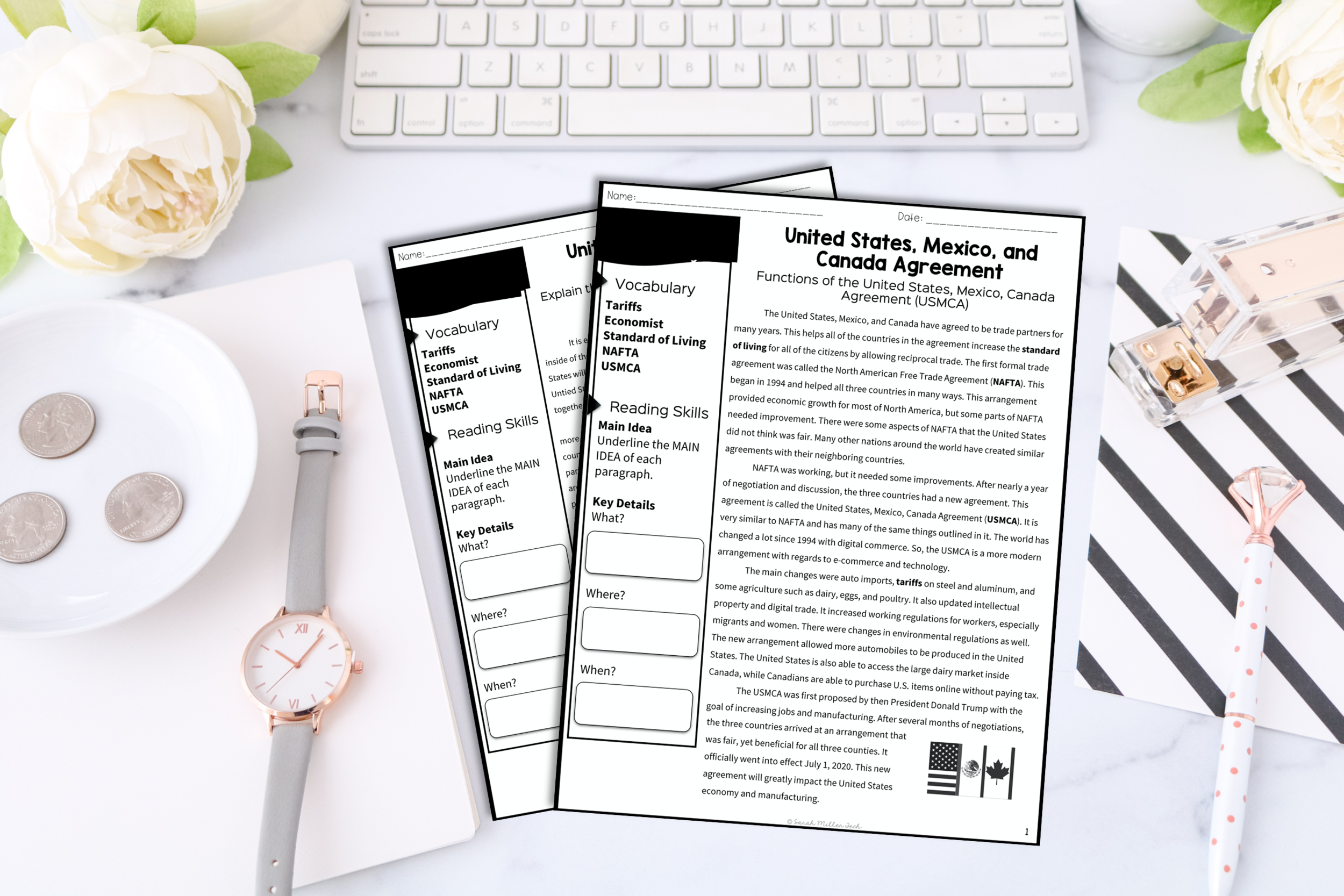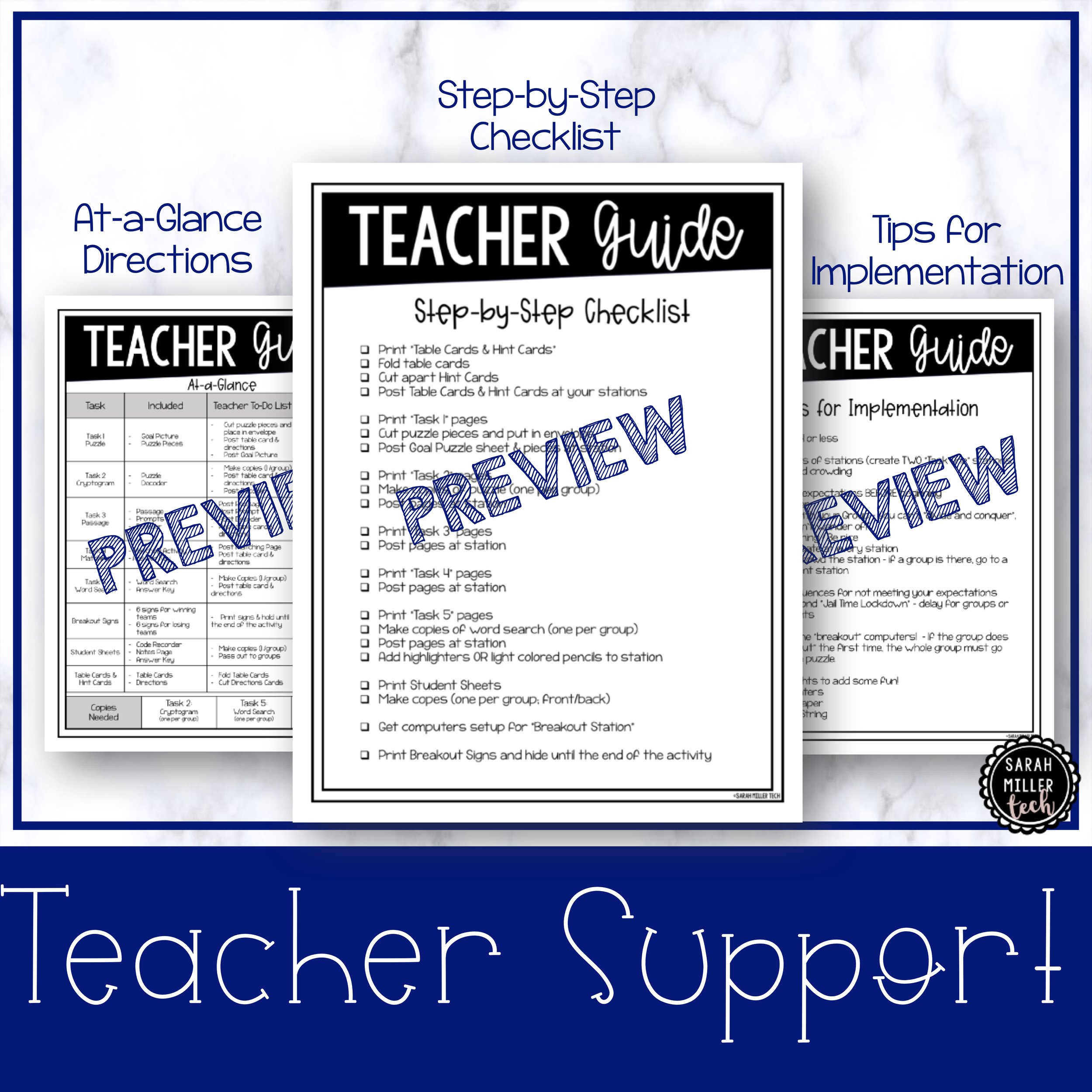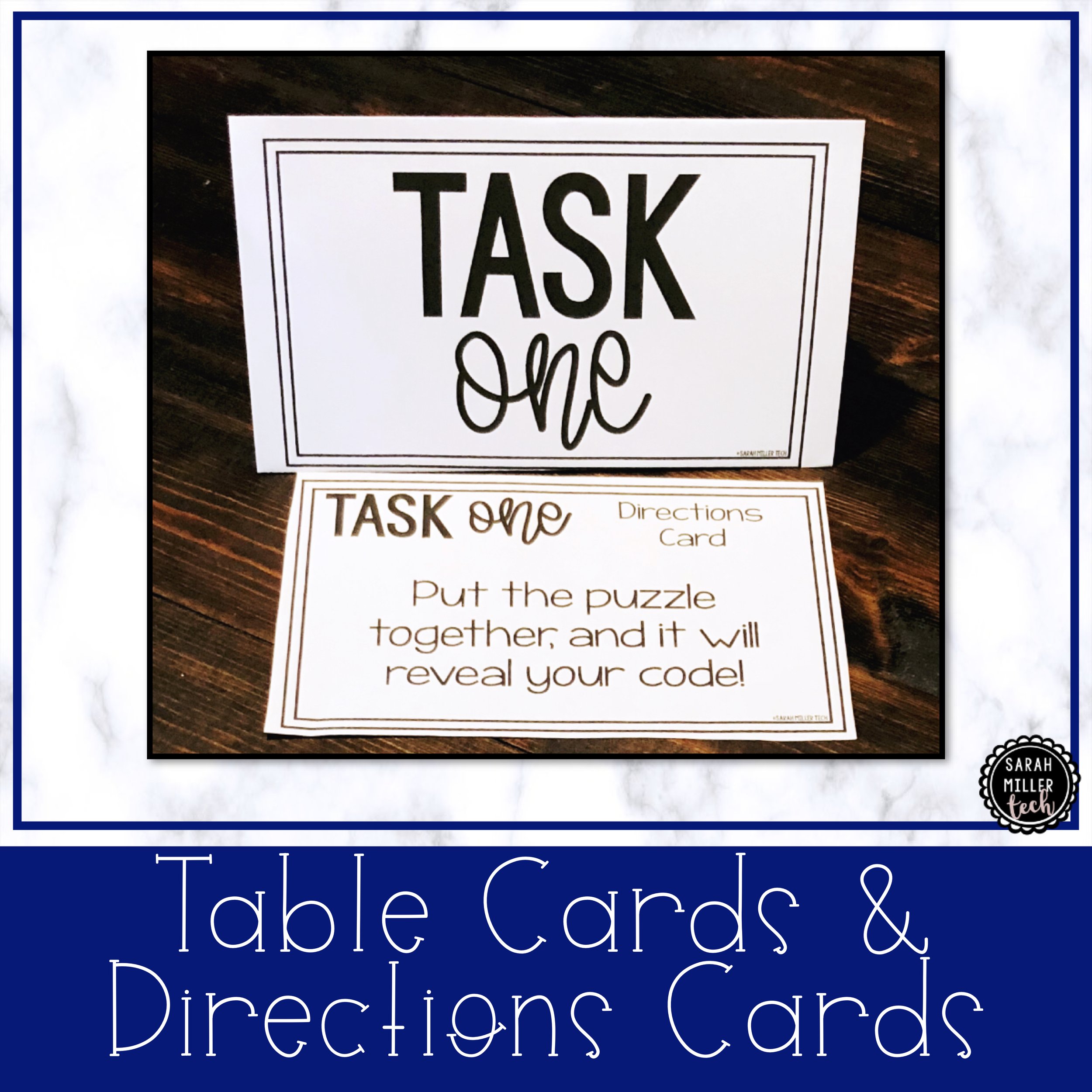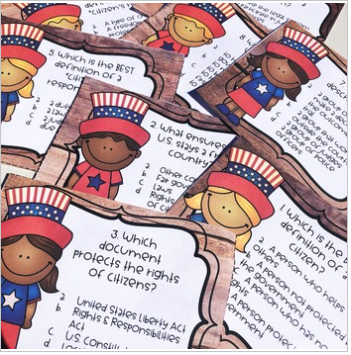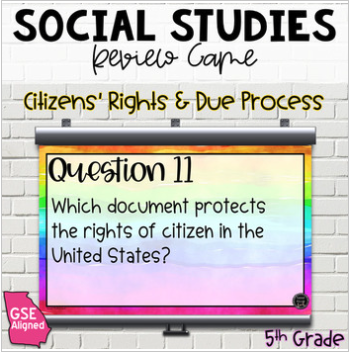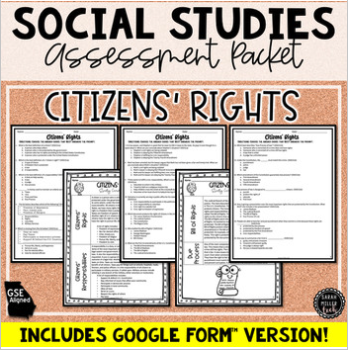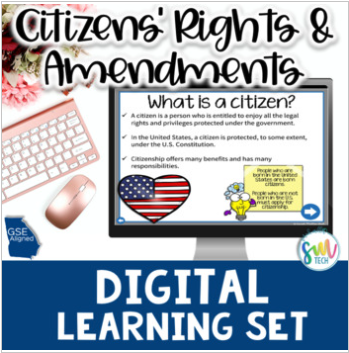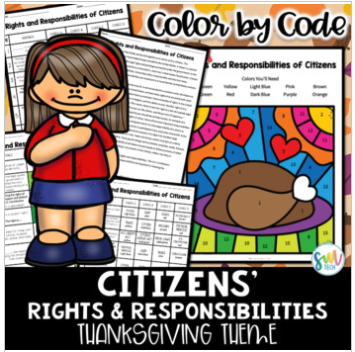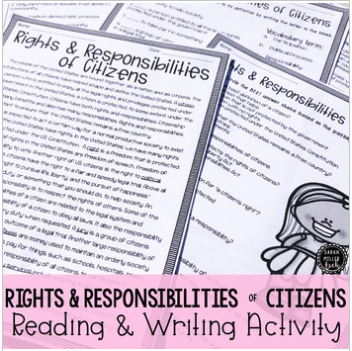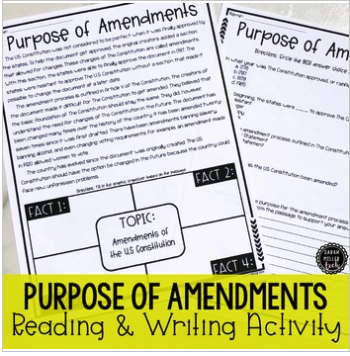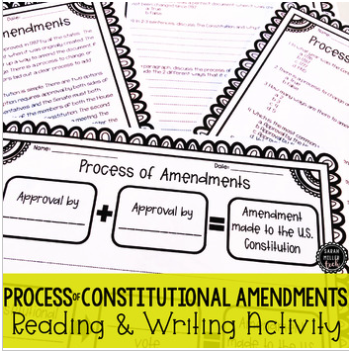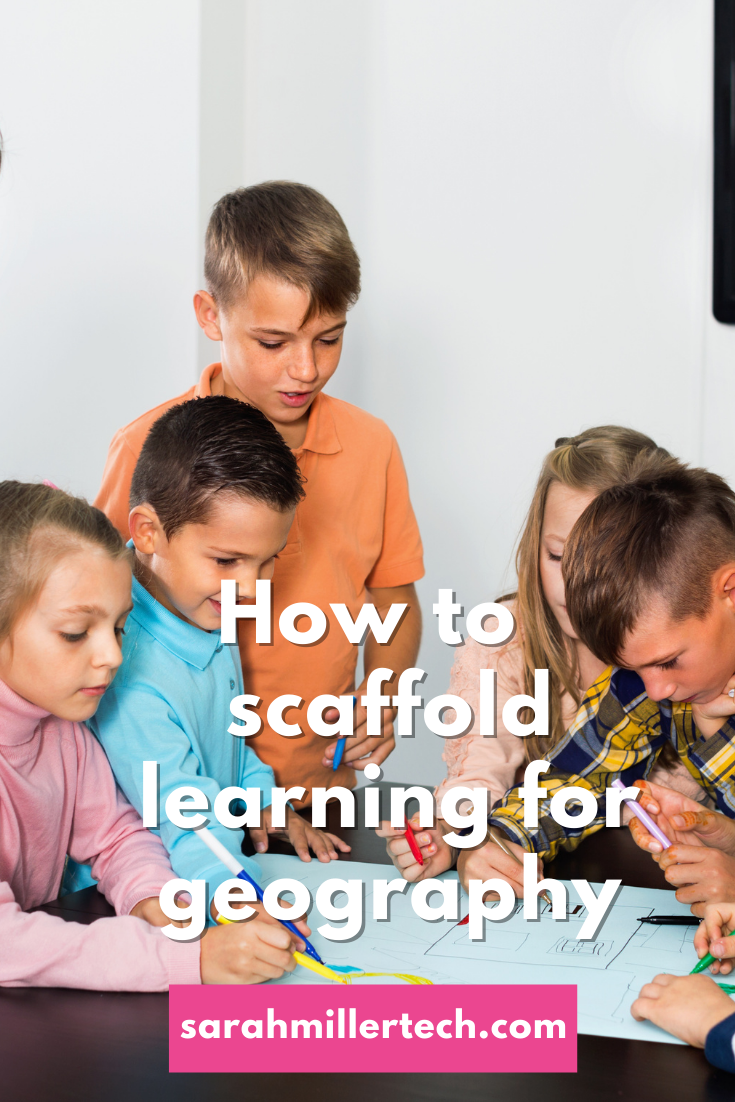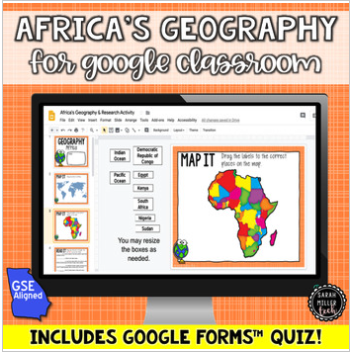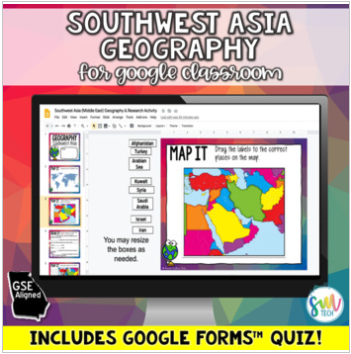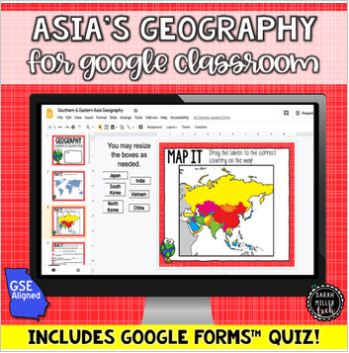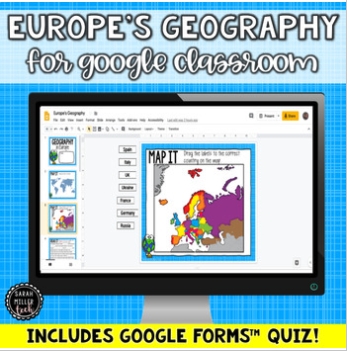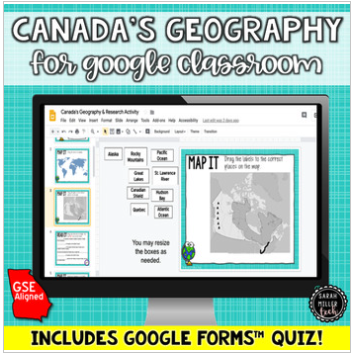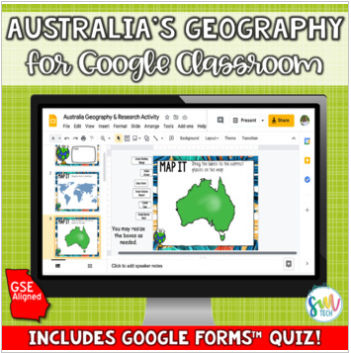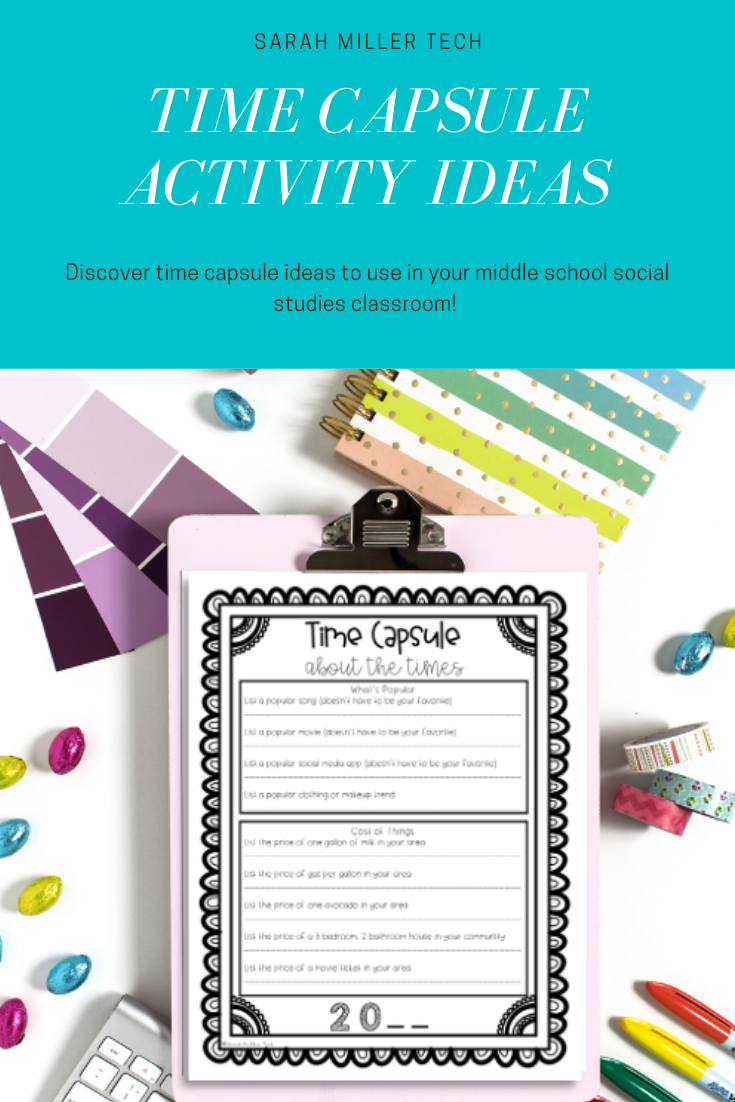World War 1 Escape Room for Upper Elementary
Your students will have so much fun learning about the U.S.'s Role in World War 1 with this DIGITAL ESCAPE ROOM activity! You'll love that it's no prep, easy to use, and engaging! This activity is also a great way to spice up your WWI unit! This is perfect to introduce the unit or even to review! No background knowledge of the standards is needed - all the information your students need is included. You will also get a printable version of these activities!
This World War 1 Digital Escape Room is perfect for upper elementary classrooms! You can use this to kick off your unit or just for an overall review at the end.
This escape room includes several content-related tasks and fun tasks.
Included in this digital escape room:
7 Tasks (4 are standards-aligned and 3 are puzzle-based)
• Task 1: Reading Passage & Multiple Choice Prompts with Decoder
• Task 2: Plane Ticket with Hidden Code
• Task 3: Cause-and-Effect Graphic Organizer (Causes of US joining WWI)
• Task 4: Employee ID Badges with Hidden Code
• Task 5: Google Form Quiz over WWI (5 prompts)
• Task 6: Puzzle of Treaty of Versailles Poster
• Task 7: Google Form Quiz over impacts of Treaty of Versailles (5 prompts)
• Breakout Signs: 6 signs for winning teams and 6 signs for all other teams
• Teacher Directions with screenshots
• Tips for Implementation & Checklist
Standards Covered:
✓SS5H2. Describe U.S. involvement in World War I and post-World War I America.
✓a. Explain how German attacks on U.S. shipping during the war in Europe (1914-
1917) ultimately led the U.S. to join the fight against Germany; include the sinking of
the Lusitania and concerns over safety of U.S. ships, U.S. contributions to the war,
and the impact of the Treaty of Versailles in 1919
What if my district blocks students from Google Sites created outside my school’s domain? I’ve got a workaround ready for you! Email me, and I’ll send it to you! My email address can be found in your activity download PDF.
My digital World War 1 Escape Room includes all the activities you see in the images above. I created this knowing you are super busy, so it is NO PREP. Click here to purchase the complete WW1 Escape Room.
Looking for more social studies ideas?
If you need more inspiration for teaching map skills and geography in your social studies classroom, you must check out these other posts.
Grab my FREE guide!
Stop neglecting social studies with these easy to use strategies! Teach social studies, even when you don’t have time!






























































